Packing Hacks for Cycle-Camping Denmark’s Archipelago Trail
Denmark’s Archipelago Trail, renowned for its stunning landscapes and enticing routes, offers a delightful experience for cyclists and nature enthusiasts. However, embarking on any cycle-camping adventure requires careful planning, especially when it comes to packing. In this article, we’ll explore essential packing hacks specifically tailored for cycle-camping along this beautiful trail, helping you make the most of your journey without carrying unnecessary weight.
FAQ about Packing for Cycle-Camping
What should I pack for a cycle-camping trip?
For a cycle-camping trip, focus on lightweight gear, multi-purpose items, adequate clothing, and essential tools for bike maintenance.
How do I choose the right bike for cycle-camping?
Select a bike with a sturdy frame and the ability to carry extra load. Touring bikes or hybrids are ideal for navigating the Archipelago Trail.
What are the best tips for packing efficiently?
Packing efficiently involves using compression bags, organizing items by category, and minimizing weight. Always aim to keep essential items within easy reach.
Understanding the Archipelago Trail
The Archipelago Trail spans numerous islands, providing a diverse cycling experience from scenic coastal paths to charming villages. Each segment of the trail offers unique sights, so understanding your route will help you pack accordingly. The key is to balance comfort with the practicality of carrying your gear.
Essential Gear for Cycle-Camping
Tent and Shelter
Your tent is your home away from home and should be lightweight and easy to assemble. Look for:
- Ultralight tents: These usually weigh less than 3 pounds and offer great protection.
- Quick-setup tents: Choose designs that allow for fast setup, especially after a long day of cycling.
Sleeping Gear
A good night’s sleep is vital for your endurance on the trail. Consider:
- Sleeping bags: Choose one that’s rated for the temperature you expect during your trip.
- Sleeping pads: A lightweight, inflatable pad provides comfort and insulation.
Cooking Essentials
Preparing your own meals can save money and provide nourishment. Pack wisely by including:
- Portable stove: A small, compact stove will suffice for basic cooking.
- Lightweight cookware: Look for pots or pans designed specifically for backpacking.
- Utensils and cutting board: They can help with food preparation and should be compact.
Meal Planning Tips
To minimize weight and bulk, plan meals that use similar ingredients. For example:
- Use rice or pasta as a base for multiple meals, varying sauces and veggies.
- Prepare simple, no-cook meals like wraps that require nothing more than assembly.
Clothing Considerations
The weather in Denmark can be unpredictable, affecting your clothing choices significantly. Here are a few hacks:
- Layering: Use moisture-wicking base layers, insulating mid-layers, and a waterproof outer layer.
- Packing cubes: Use packing cubes to keep your clothing organized and accessible.
- Multi-use items: Pack clothing like a sarong that can serve as a towel, blanket, or wrap.
Cycling Gear and Maintenance
Prolonging the lifespan of your bike during your trip requires preparedness. Essential tools and gear include:
- Multi-tool: A compact multi-tool specific to your bike model can be a lifesaver in case of adjustments or repairs.
- Spare tubes: Always carry at least two spare tubes and a reliable pump.
- Chain lube: A small bottle of chain lubricant will keep your bike running smoothly.
Packing Hacks for Cycle-Camping
Now, let’s delve into some practical packing hacks that can elevate your cycle-camping experience:
1. Use Compression Bags
Compression bags can significantly reduce the volume of your clothing and sleeping gear, allowing you to maximize space. They are particularly useful for bulkier items like sleeping bags or down jackets.
2. Organize with Packing Cubes
Packing cubes help you keep your belongings organized, saving time when looking for items. Allocate different cubes for different categories, like clothing, cooking gear, and personal items.
3. Distribute Weight Evenly
When loading your bike, make sure to distribute weight evenly between the front and back to maintain balance. Heavy items should be placed low and centered to enhance stability.
4. Use Bungee Cords
Bungee cords can secure loose items to your rack or frame. Additionally, they can act as a makeshift clothesline for drying wet clothes or gear.
5. Pack Snacks Wisely
Keep your energy levels up by packing easy-to-reach snacks in a front pocket or bag. Opt for high-energy foods such as trail mix, granola bars, or jerky to keep you fueled between meals.
6. Waterproof Bags
Consider using waterproof bags or dry sacks for your electronics and clothing. This protection against rain and splashes can be invaluable, especially in unpredictable weather.
Best Practices for Camping Along the Trail
Camping responsibly is crucial not just for your enjoyment but also for the preservation of the beautiful landscapes. Here are some best practices:
Respect Wildlife
While cycling and camping, keep a safe distance from wildlife and avoid feeding animals. This maintains their natural habitat and prevents them from becoming reliant on human sources of food.
Leave No Trace
Follow the Leave No Trace principles to ensure you leave the environment as you found it. Pack out all your trash and be mindful of where you set up camp to avoid damaging vegetation.
Prioritize Campsite Selection
Choosing the right campsite can enhance your experience. Look for flat ground, away from water sources, to avoid flooding and minimize your impact on the ecosystem.
Conclusion: Preparing for an Unforgettable Adventure
Packing hacks play a vital role in ensuring a successful cycle-camping journey along Denmark’s Archipelago Trail. By choosing the right gear, employing efficient packing strategies, and following best practices, you can focus on enjoying the stunning scenery and rich culture along the way. Always remember to pack smart, travel light, and enjoy the ride!
Ready to embark on your adventure? Share your packing tips in the comments, and consider subscribing to our newsletter for more camping hacks and destination guides tailored to your next journey!
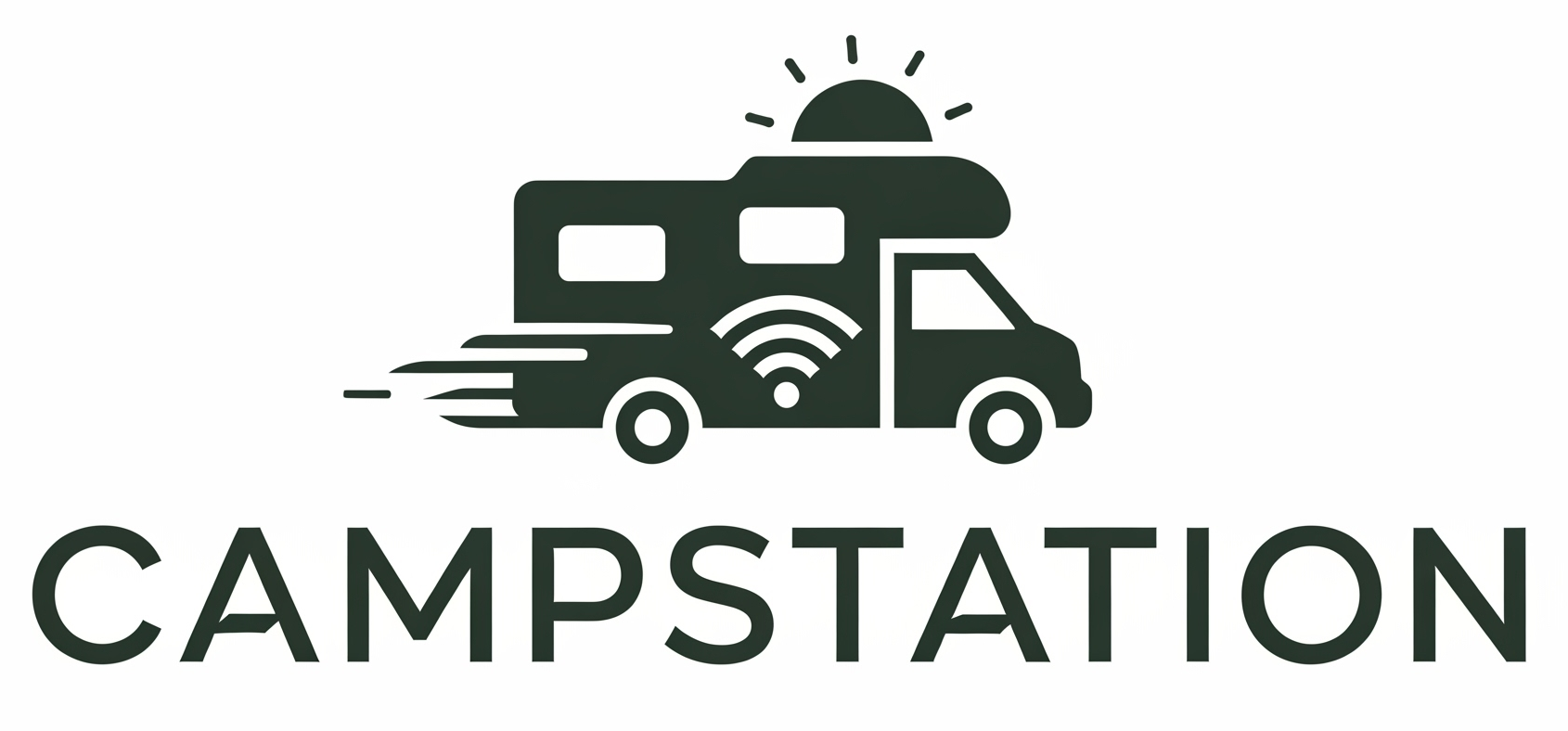
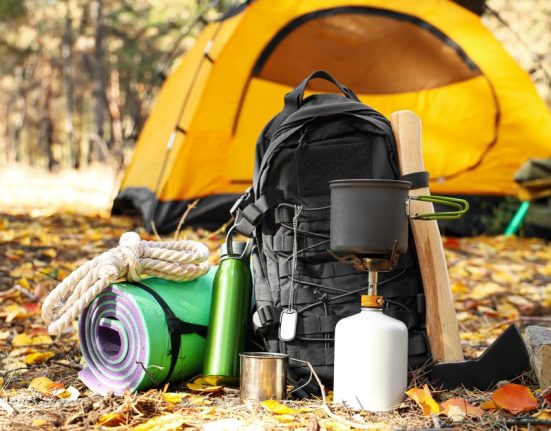



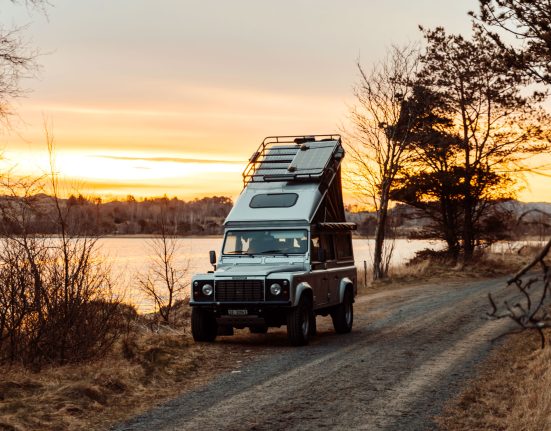


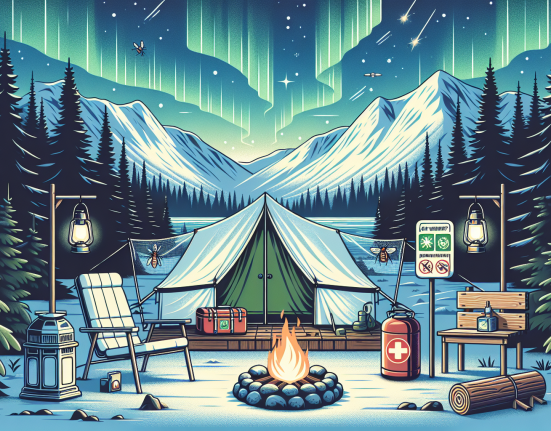
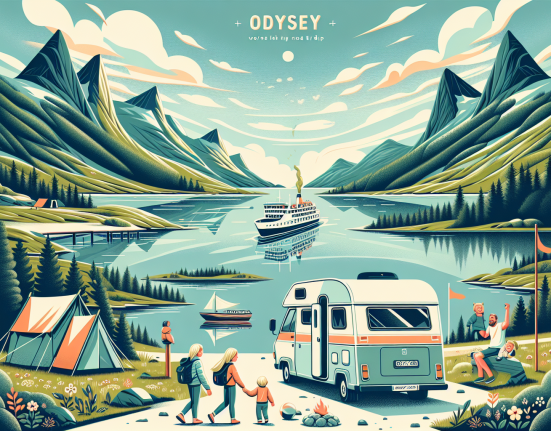


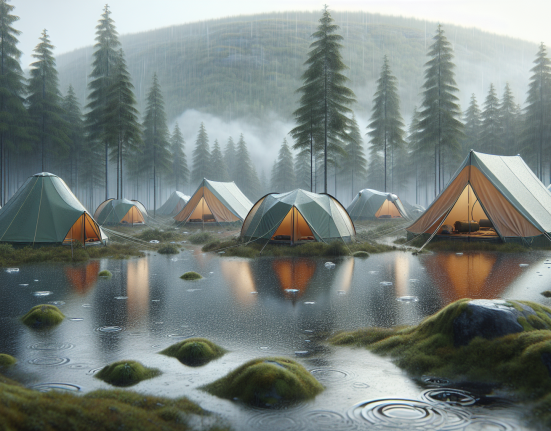
Leave feedback about this